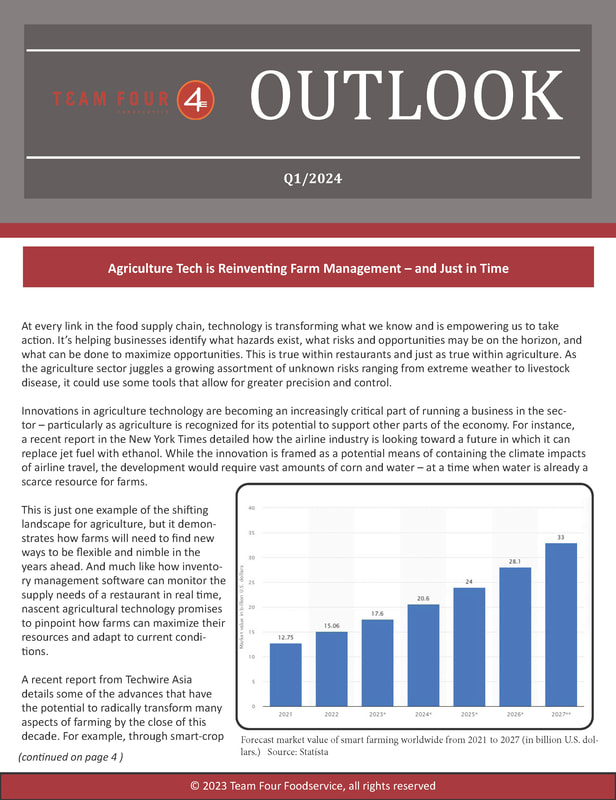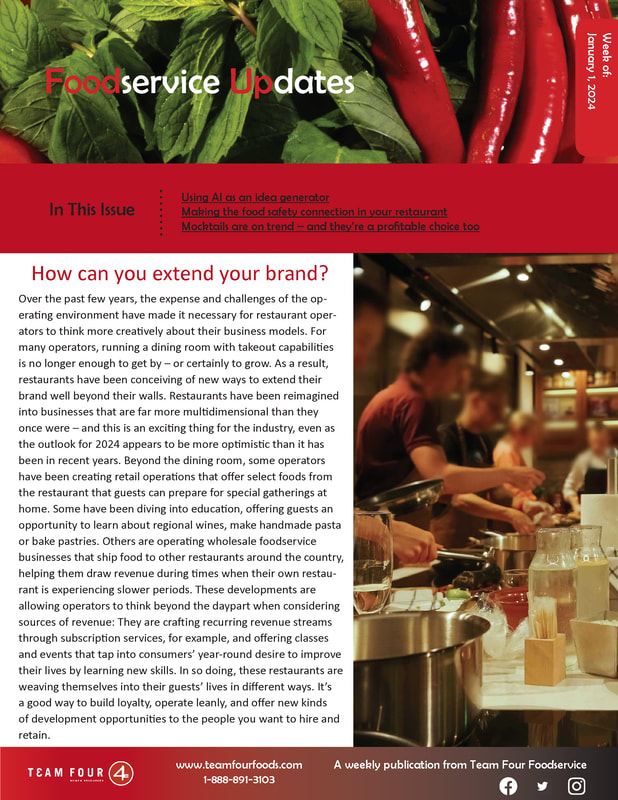|
Labor is a perennial challenge for restaurant operators, but it can be made a bit more manageable when a business can retain its managers. One-third of restaurant managers quit in their first year on the job, according to research from TDn2K, and the consequences are especially difficult on a restaurant’s finances and culture. Replacing managers – particularly general managers – tends to cost restaurants far more in lost productivity than it does to replace other roles. What’s more, their absence has a domino effect on the remaining team members, who may lack the direction and structure the manager provided to help run the business. You can take steps to slow the revolving door when it comes to these key members of your team. Toast suggests screening manager candidates carefully to find the best match for your culture and team for the long term, not being tempted to fill a position quickly with someone who you haven’t considered carefully through interviews and reference checks. You might even split the role into two roles to improve your chances of retaining institutional knowledge if one person were to leave. Then take steps to invest in their success. A recent global survey of middle managers conducted by McKinsey & Company found that only 20 percent of middle managers feel that their organizations let them be successful people managers, while 42 percent either don’t receive any support or are uncertain if they do. How does your turnover rate for your managers compare to that of other staff? Providing fair compensation is important to helping managers feel supported, though just as critical are noticing signs of burnout, providing sufficient time off, and giving them space to share feedback and concerns openly.
0 Comments
Leave a Reply. |
More HR ArticlesHang on to employment gainsIt all hinges on turnover – so turn it aroundMaking inspections better for moraleArchives
July 2024
Categories
All
|
Foodservice CEO is provided for informational purposes only. It is intended to offer foodservice operators’ guidance regarding best practices in running their operations. Adherence to any recommendations included in this Guidance will not ensure a successful operation in every situation. Furthermore, the recommendations contained in this website should not be interpreted as setting a standard of operation or be deemed inclusive of all methods of operating nor exclusive of other methods of operating.
Copyright 2023 Team Four Foodservice, All Rights Reserved.





 RSS Feed
RSS Feed